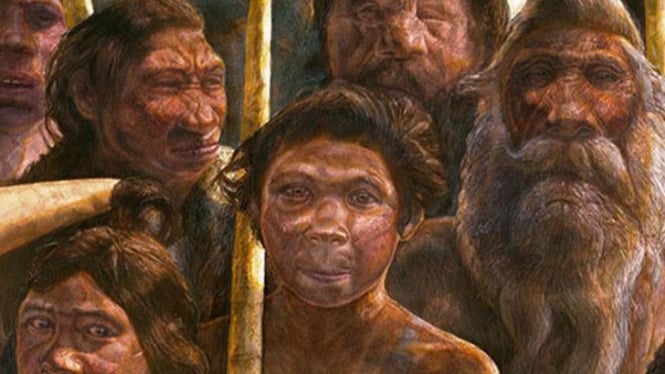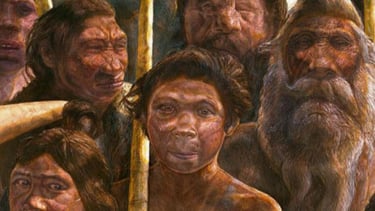The Oldest Ancient Human Maxillary Bone Has Been Found
- U-Report
VIVA – The discovery of an ancient human maxillary bone in Spain reveals the unique facial features of a human or the oldest known ancient human in Europe. Last June, at Sima del Elefante, a paleoanthropology team managed to excavate the fossil.
As quoted from science alert website on July 19, 2022 the researchers said, fragmented skull is believed to be the oldest of its kind ever found in Europe and includes parts of the maxillary (maxilla) bone and hominid teeth that lived about 1.4 million years ago.
Meanwhile, the hominid group includes all living and extinct members of the human and great ape lineages such as humans and early human relatives, as well as chimpanzee and gorilla.
The latest discovery makes the researches by surprise because they never expected to find fossils older than those found at the site in 2008.
The newly discovered maxillary, located about 6.5 feet or about two meters deeper than the fossil discovered in 2008, was discovered by Edgar Téllez, a doctoral student at the National Center for Research on Human Evolution in Burgos.
Fosil tengkorak manusia purba.
- U-Report
Paleoanthropologists believe this maxillary bone exhibits characteristics that refer to the evolutionary pattern of the human face.
"There are also vertical projections in the maxillary bone, as in the lower jaw found in 2008 and it can suggest that this modern face already exists today," Edgar Téllez told El País.
In other words, Téllez and his team think that the bones may be ancient human bones that are more closely related to modern Europeans than to ape-like primates, such as Homo habilis, an extinct early human species that originated in Africa during the Pleistocene Period (2.6 million last year to 11,700 years ago).
Researchers believe the fossil may have come from Homo antecessor, Latin for "pioneer man," whose position in the human family tree is controversial but, possibly a close cousin of modern humans and Neanderthals.
John Hawks, an anthropologist at the University of Wisconsin-Madison, who was not involved in the discovery said this new discovery will help provide insight into the population that originally inhabited this area in the distant past.
"We don't know exactly where this part of the maxilla will fit, and it will take a lot of work and comparison for the team to determine this," John Hawks said.
“But whatever they determine, it's linked to a site with behavioral evidence and every piece we have associated with sites with evidence of behavior, such as stone tool making or hunting, tells us the behavioral capacities of ancestors and relatives." John Hawks added.
Meanwhile, researchers said, this discovery needs further studies before they can determine the exact age of the maxillary bone and whether it is related to other fossils that have been found there.





























